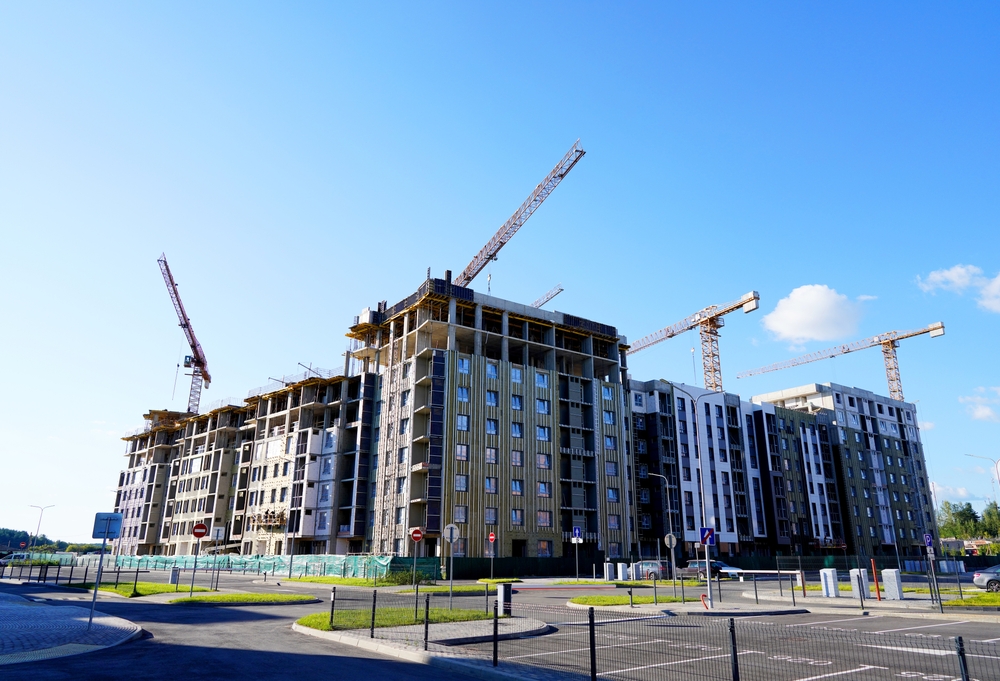Why Risk Management is Critical in Construction Projects
Why Risk Management is Critical in Construction Projects

Risk Management is Critical in Construction Projects: Construction projects are complex endeavors involving multiple stakeholders, timelines, and financial investments. With such intricate processes, there are inherent risks that can potentially cause delays, increase costs, and even result in project failure. This is where risk management becomes vital. Effective risk management in construction helps identify, assess, and mitigate potential issues before they escalate into serious problems.
Understanding Risk in Construction Projects
In construction, risk refers to any unforeseen event or condition that could negatively impact the project’s objectives. These risks can stem from a wide range of sources such as material shortages, labor issues, environmental conditions, safety hazards, or design changes. Each phase of a construction project — from planning to execution — involves various uncertainties, making proactive risk management essential for successful outcomes.
Types of Risks in Construction Projects
1. Financial Risks
Construction projects involve significant financial investments, and financial risk is always present. Fluctuations in material costs, labor shortages, delays, or project scope changes can lead to budget overruns, affecting the financial viability of the project. Proper financial risk management ensures cost control and avoids excessive budget increases.
2. Schedule Risks
Delays in construction timelines are a common occurrence and can be caused by factors like bad weather, permit issues, or supplier disruptions. Poor scheduling and unanticipated interruptions can extend the project timeline, leading to increased costs and penalties.
3. Legal and Compliance Risks
Legal risks involve issues related to contracts, regulatory approvals, and compliance with safety standards. Failing to adhere to these regulations can result in fines, project delays, or even legal disputes. Addressing compliance early in the project helps mitigate these legal risks.

4. Safety Risks
Construction sites are prone to accidents due to the nature of the work. Poorly managed safety procedures can result in injuries or fatalities, legal liabilities, and delays. Proper risk management in safety not only protects workers but also prevents costly legal implications.
5. Environmental Risks
Environmental factors such as bad weather, natural disasters, and changing environmental regulations can disrupt construction projects. Risk management identifies potential environmental risks and develops contingency plans to handle unforeseen disruptions.
The Importance of Risk Management in Construction
1. Enhances Decision-Making
Risk management helps construction managers make informed decisions by anticipating potential problems and formulating contingency plans. By assessing risks early in the planning process, project managers can make more strategic decisions about resource allocation, timelines, and project execution.
2. Reduces Costs and Prevents Budget Overruns
Cost overruns are a common challenge in construction projects, often caused by unexpected delays or material price hikes. Risk management helps control costs by identifying financial risks and planning for contingencies. This minimizes the likelihood of overspending and ensures that the project remains financially viable.
3. Improves Safety on Construction Sites
Risk management focuses heavily on safety protocols, ensuring that potential hazards are identified and mitigated before they lead to accidents. Effective safety risk management reduces the chances of on-site injuries, protects workers, and avoids project delays due to work stoppages.
4. Enhances Project Efficiency
By identifying potential risks, construction managers can proactively address issues before they escalate. This streamlines project processes, ensuring that tasks are completed on time and within budget. As a result, projects run more smoothly and with fewer disruptions.
5. Protects Against Legal Issues
Risk management ensures that construction companies comply with relevant laws and regulations, preventing legal disputes or penalties. By keeping contracts clear and adhering to compliance requirements, project managers reduce the chance of costly legal battles.
Steps in Effective Risk Management
1. Risk Identification
The first step in risk management is identifying potential risks that could impact the project. This includes financial risks, scheduling risks, safety hazards, and environmental factors. By creating a risk register, project managers can keep track of identified risks.
2. Risk Assessment
Once risks are identified, they must be assessed based on their likelihood and potential impact. Assessing risks allows project managers to prioritize which risks need immediate attention and which can be managed later.
3. Risk Mitigation and Response Planning
Risk mitigation involves developing strategies to reduce the likelihood or impact of identified risks. This may include contingency plans, safety protocols, financial buffers, or alternative timelines. Having a response plan ensures that when risks occur, there is already a strategy in place to address them.
4. Risk Monitoring and Control
Risk management is an ongoing process. Throughout the construction project, risks must be continuously monitored, and any changes or new risks need to be addressed. Constant monitoring ensures that risks are mitigated in real time, minimizing disruption to the project.
Real-Life Examples of Risk Management in Action
1. Financial Risk Mitigation in High-Rise Construction
A construction company building a high-rise structure in an urban area anticipated material cost fluctuations due to market volatility. Through risk management, they secured fixed-price contracts with suppliers, ensuring that material prices would not exceed their budget.
2. Environmental Risk Management in Coastal Development
In a coastal construction project, risk managers anticipated potential environmental challenges, such as flooding and storms. They implemented a detailed environmental risk plan, which included building flood barriers and using materials resistant to water damage, significantly reducing the risk of project delays caused by adverse weather conditions.
Conclusion
Risk management is critical in ensuring the success of construction projects. By identifying, assessing, and mitigating risks, project managers can enhance decision-making, control costs, improve safety, and prevent delays. As construction projects become more complex, the need for robust risk management practices grows, making it an indispensable component of modern construction project management.
For more information on effective construction project management, feel free to contact us.
External Resources for Legal Guidance
Risk Management is Critical in Construction Projects
Read more related articles to enhance your knowledge and make informed decisions
10 Essential Steps in the Building Construction Process
How to Choose the Right Materials for Your Construction Project








